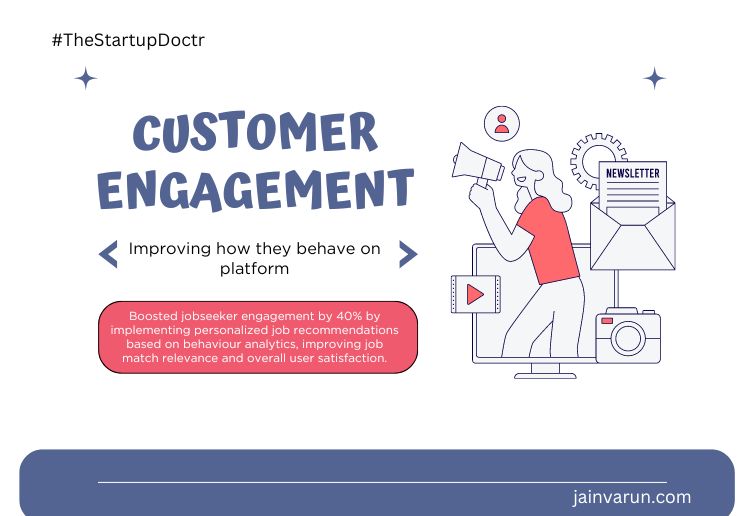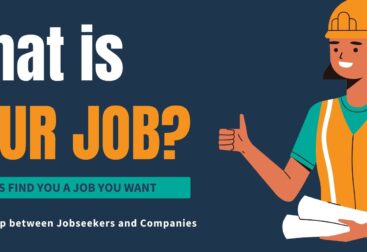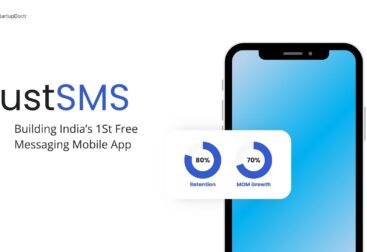While initial stages at Pickmen, a job portal focused on temporary jobs like security guard, chef, plumber, and driver roles, one of the challenges we faced was low jobseeker engagement. Jobseekers were scrolling through countless listings without much success in finding relevant matches, leading to frustration and, eventually, a drop in platform activity.
The Problem
Pickmen had a diverse pool of jobseekers, each with different skills, preferences, and availability. However, our platform didn’t offer personalized recommendations tailored to their needs. Jobseekers had to sift through numerous listings, making the experience inefficient. This led to two primary issues:
- Low user engagement as jobseekers struggled to find suitable jobs quickly.
- A lower conversion rate from jobseekers applying for positions, impacting the platform’s overall effectiveness.
The Hypothesis
I hypothesized that by leveraging user behaviour analytics and machine learning, we could significantly improve the job match relevance. By analysing a user’s search and application history, preferences, and other behavioural patterns, we could offer personalized job recommendations, which would lead to higher user engagement and satisfaction.
The Process
- Data Collection and Analysis
The first step was gathering data. I worked closely with the engineering teams to extract insights from the platform, including:
- Job searches performed by users.
- Job applications, rejections, and accepted offers.
- Time spent on specific job postings.
- User preferences such as location, salary expectations, and job type. This data was critical in understanding the behaviour of jobseekers and forming the foundation of our personalized recommendation system.
- Designing the Recommendation Algorithm
After gathering the data, we built a recommendation engine that analysed both explicit signals (user-entered preferences) and implicit signals (behaviour patterns like searches and interactions). The algorithm was designed to:
- Continuously learn from user interactions.
- Prioritize job recommendations based on relevance to the jobseeker’s profile and previous activity.
- Suggest jobs based on similar user profiles who had found successful matches.
- Personalizing the Experience
We integrated the recommendation engine directly into the platform’s UI, ensuring jobseekers were shown highly relevant jobs right on their dashboard. The focus was to keep the interface clean while delivering significant value through personalization.
Jobseekers could now see “Jobs Recommended for You,” reducing the need to search and scroll through unrelated listings. - Testing and Validation
To validate the effectiveness of the new feature, we ran A/B tests. One group of users saw personalized job recommendations, while the control group continued using the standard platform without recommendations. The key metrics we tracked included:
- Jobseeker engagement (time spent on the platform, frequency of visits).
- Number of job applications submitted.
- User satisfaction through surveys.
The Result
The introduction of personalized job recommendations led to a significant increase in jobseeker engagement by 40%. Not only did users spend more time on the platform, but they also applied for more jobs that matched their profiles. The feedback from jobseekers was overwhelmingly positive, as many reported finding relevant job opportunities more quickly and easily.
Beyond just the metrics, we saw a broader impact on user retention and word-of-mouth referrals, with more jobseekers staying on the platform and recommending it to others.
Conclusion
This project was a powerful reminder of the impact of personalization in any digital product. By understanding user behaviour and applying it to improve their experience, we were able to create a more efficient, user-centric job portal. At Pickmen, this shift transformed the platform, helping jobseekers find meaningful opportunities and boosting overall engagement.
For me, this journey underscored the importance of data-driven decision-making in product management and validated my belief in the power of personalization to solve complex user problems.




